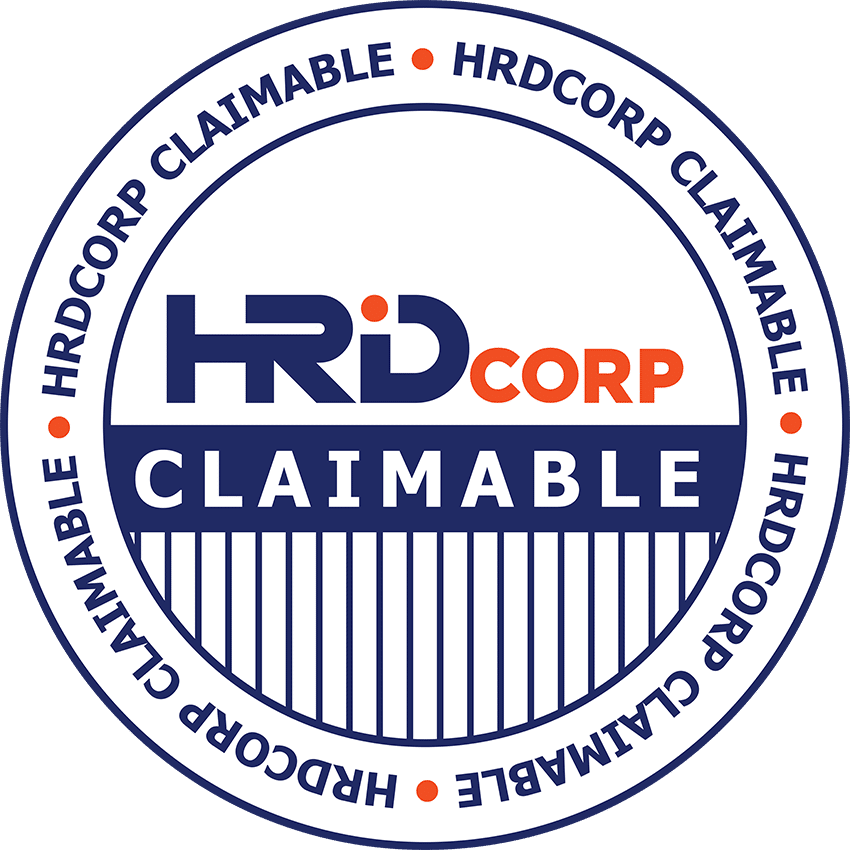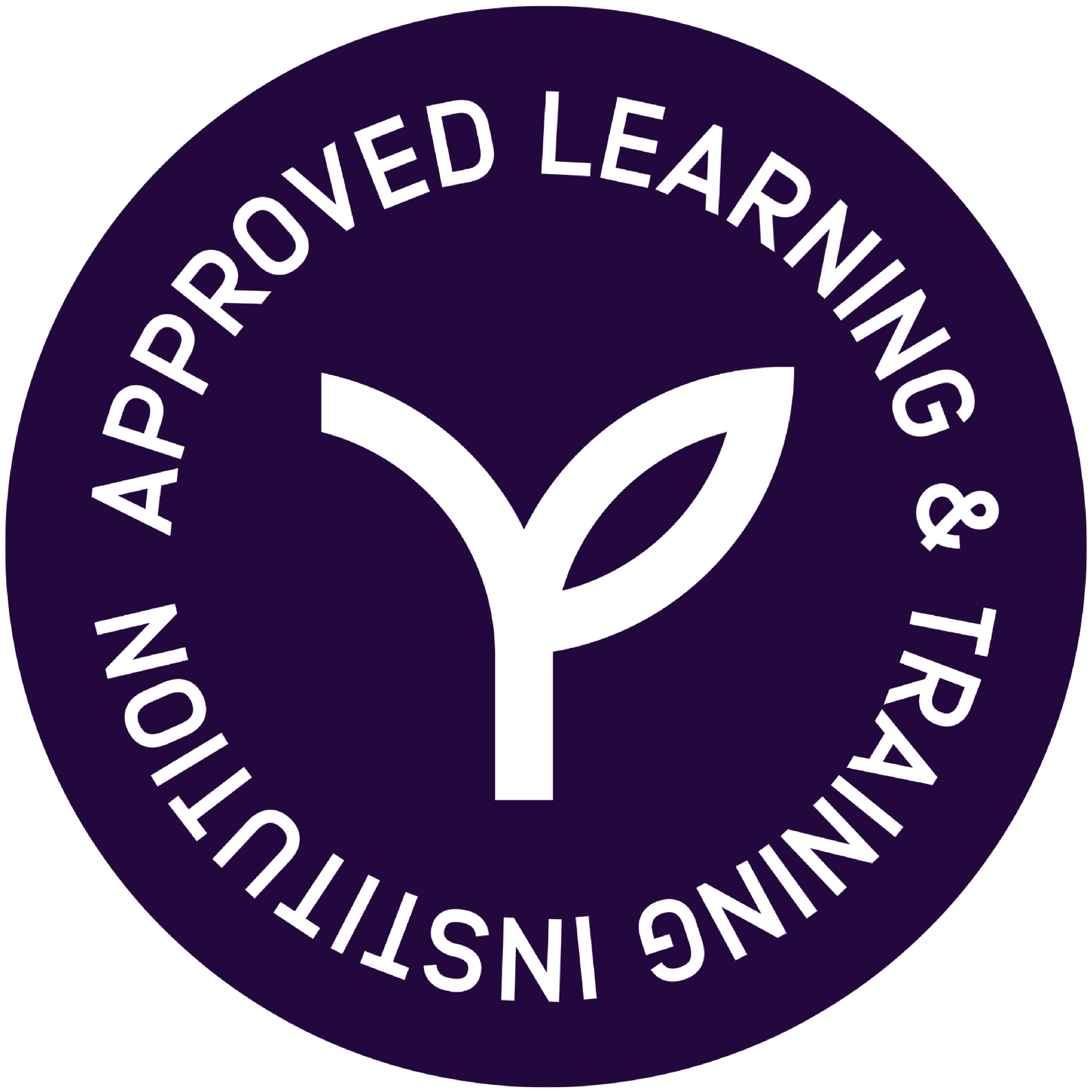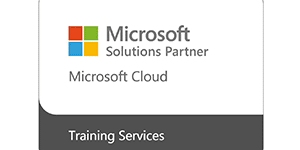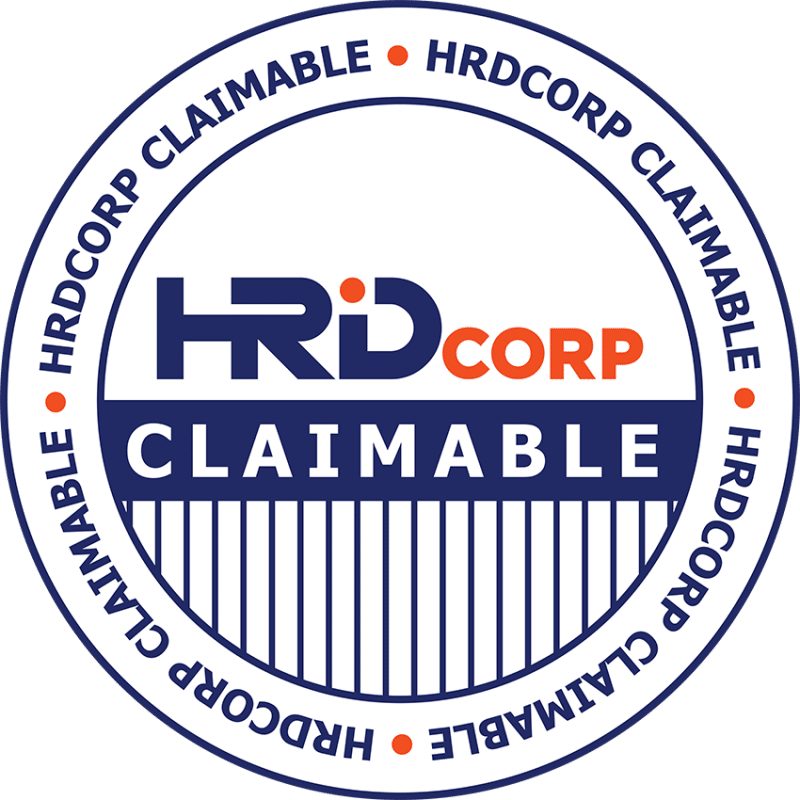Overview
This DP-070T00-A: Migrate Open Source Data Workloads to Azure course will enable the students to understand Azure SQL Database, and educate the students on what is required to migrate MySQL and PostgreSQL workloads to Azure SQL Database.
Skills Covered
At the end of this module, the students will be able to:
- Migrate on-premises MySQL to Azure SQL DB for MySQL
- Migrate on-premises PostgreSQL to Azure SQL DB for PostgreSQL
Who Should Attend
The primary audience for this course is database developers who plan to migrate their MySQL or Postgres DB workloads to Azure SQL DB.The secondary audience for this course is MySQL/Postgres administrators to raise awareness of the features and benefits of Azure SQL DB.
Course Curriculum
Prerequisites
Successful students start this role with a fundamental knowledge of cloud computing concepts and experience with open source relational database management systems.
Specifically:
- Working with PostgreSQL and/or MySQL
- Using backup and recovery techniques with open source data
- SQL administration
To gain these skills, take the following free online training before attending the course:
- Core cloud services – Azure compute options
- Deploy MariaDB, MySQL, and PostgreSQL on Azure
- Introduction to Azure SQL
- Introduction to open source database migration to Azure Cosmos DB
Download Course Syllabus
Course Modules
In this module, you’ll learn about the issues and considerations for migrating on-premises open-source databases to Azure, the services that Azure provides to help you migrate your databases, and how to plan a migration.
Learning objectives
By the end of this module, you’ll be able to:
- Describe the features and services available in Azure for hosting an open-source database.
- Explain the key considerations for implementing a migration project.
- Describe different approaches that you can take for migrating databases.
Prerequisites
- Knowledge of MySQL or PostgreSQL database management systems, including application development for these systems, administration, backup, and recovery techniques, such as import/export and backup/restore.
- Knowledge of Azure fundamental concepts, and experience using the Azure portal.
In this module, you’ll learn about the benefits of migrating MySQL workloads to Azure, you’ll see how to create an Azure Database for MySQL instance, and learn how to migrate on-premises MySQL databases to Azure.
Learning objectives
By the end of this module, you’ll be able to:
- Describe the features and limitations of Azure Database for MySQL.
- Migrate an on-premises MySQL database to Azure Database for MySQL.
- Reconfigure existing applications that use your on-premises MySQL databases to connect to Azure Database for MySQL.
Prerequisites
- Knowledge of MySQL or PostgreSQL database management systems, including application development for these systems, administration, backup, and recovery techniques, such as import/export and backup/restore.
- Knowledge of Azure fundamental concepts, and experience using the Azure portal.
In this module, you’ll learn about the benefits of migrating PostgreSQL workloads to Azure, you’ll see how to create an Azure Database for PostgreSQL instance and how to migrate on-premises PostgreSQL databases to Azure.
Learning objectives
By the end of this module, you’ll be able to:
- Describe the features and limitations of Azure Database for PostgreSQL.
- Migrate an on-premises PostgreSQL database to Azure Database for PostgreSQL.
- Reconfigure existing applications that use your on-premises PostgreSQL databases to connect to Azure Database for PostgreSQL.
Prerequisites
- Knowledge of MySQL or PostgreSQL database management systems, including application development for these systems, administration, backup, and recovery techniques, such as import/export and backup/restore.
- Knowledge of Azure fundamental concepts, and experience using the Azure portal.
In this module, you’ll learn how to use the Azure features available for protect, monitor, and tune a database.
Learning objectives
By the end of this module, you’ll be able to:
- Protect a database running in Azure Database for MySQL and Azure Database for PostgreSQL.
- Monitor and tune a database running in Azure Database for MySQL and Azure Database for PostgreSQL.
- Trace and track activity for a database running in Azure Database for MySQL and Azure Database for PostgreSQL.
- Configure read replicas for a database running in Azure Database for MySQL and Azure Database for PostgreSQL.
Prerequisites
- Knowledge of MySQL or PostgreSQL database management systems, including application development for these systems, administration, backup, and recovery techniques, such as import/export and backup/restore.
- Knowledge of Azure fundamental concepts, and experience using the Azure portal.
Request More Information
Training Options
Exam & Certification
This course is not associated with any Certification. If you’d like to learn more about Azure certification roadmap, do check out our Microsoft Azure Training Certifications blog post.
Training & Certification Guide
Azure Strategy & Implementation Guide
Get a step-by-step introduction to using Azure for your cloud infrastructure with this Pack e-book. Read the latest edition of the Azure Strategy and Implementation Guide for detailed guidance on how to create a successful cloud adoption strategy with new innovations, capabilities, and security features from Microsoft Azure.
Microsoft Azure SQL Jumpstart Guide
Find out how to get started launching your first Azure SQL database or find ways to make your existing SQL database work harder. Download the Azure SQL Jumpstart Guide for detailed instructions and in-depth insights to help you make your Azure SQL deployment, migration, or enhancement run smoothly.
Low-code Application Development – Microsoft PowerApps and Azure
Build production-ready apps faster with a low-code environment. Quickly stand up your applications with Power Apps and get more time to apply your technical expertise to extending and optimizing those apps in Azure.
Azure Cloud Native Architecture Mapbook
Grow your cloud architecture skills with guidance from Azure Experts. Go beyond developing cloud-native applications to planning and implementing cloud application infrastructure. In this free e-book from Packt Publishing, you’ll find best practices for infrastructure design and patterns for building a complete solution.
Windows Virtual Desktop Security
Find out how to secure your Windows Virtual Desktop environment when migrating your virtual desktop infrastructure (VDI) to Azure. Read this security handbook to get technical hands-on guidance on how to help protect your apps and data in your Windows Virtual Desktop deployment.
Discover how to get more value from your on premises Windows Server and SQL Server investments and move some or all of your workloads to the cloud using your existing skills. See how to start using the cloud to support new ways of doing business and help ensure business continuity even if you need to keep some of your IT assets on-premises due to regulatory or data governance requirements.
Discover how to build highly scalable applications using containers and how to deploy and manage those containers at scale with Kubernetes on Azure. Read the completely reviewed and updated Packet e-book, Hands-On Kubernetes on Azure, Third Edition and discover what’s new, including security enhancements, continuous integration and continuous delivery (CI/CD) automation, and the latest supported technologies. Gain insight into building reliable applications in the new foreword by Kubernetes co-founder Brendan Burns.
Azure Synapse Analytics Proof of Concept Playbook
Learn how to perform a proof of concept efficiently and economically with Azure Synapse Analytics. Read the Azure Synapse Analytics Proof of Concept Playbook to understand the key concepts involved in deploying data warehousing, data lake, and big data workloads with Azure Synapse and get the evidence you need to make the case for implementation at your organization.
Spend less time managing server infrastructure and more time building great apps. Get your solutions to market faster using Azure Functions, a fully managed compute platform for processing data, integrating systems, and building simple APIs and microservices. The Azure Serverless Computing Cookbook will, through the development of basic back-end wep API that performs simple operations, helps you understand how to persist data in Azure Storage services.
Frequently Asked Questions
DP-050T00: Migrate SQL workloads to Azure
Learn about migrating SQL workloads to SQL Services on Azure in this 2-days Microsoft Official Course. Get guidance on how to migrate data platform technologies on Azure and how existing SQL based workloads can be migrated and modernized.
DP-070T00: Migrate Open Source Data Workloads to Azure
This course will enable the students to understand Azure SQL Database, and educate the students on what is required to migrate MySQL and PostgreSQL workloads to Azure SQL Database.
DP-080T00: Querying Data with Microsoft Transact-SQL Get started with Transact SQL
Learn the basics of Microsoft’s standard SQL language and master skills required as a data analyst, a data engineer, a data scientist, a database administrator or a database developer to query and modify data in relational databases that are hosted in Microsoft SQL Server-based database systems.
DP-090T00: Implementing a Machine Learning Solution with Microsoft Azure Databricks
Master the art and science of how to use machine learning to deliver valuable insights based on your organization’s data with Microsoft Azure Databricks. Learn the key concepts behind Azure Databricks to prepare data for modeling and analytics; model predictive analytics solution for real-world customer scenarios; and implement an end-to-end machine learning pipeline.
DP-100T01: Designing and Implementing a Data Science Solution on Azure
Learn how to operate machine learning solutions at cloud scale using Azure Machine Learning. This DP-100T01: Designing and Implementing a Data Science Solution on Azure course teaches you to leverage your existing knowledge of Python and machine learning to manage data ingestion and preparation, model training and deployment, and machine learning solution monitoring in Microsoft Azure.
DP-900T00: Microsoft Azure Data Fundamentals
In this course, students will learn the fundamentals of database concepts in a cloud environment, get basic skilling in cloud data services, and build their foundational knowledge of cloud data services within Microsoft Azure. Students will identify and describe core data concepts such as relational, non-relational, big data, and analytics, and explore how this technology is implemented with Microsoft Azure. They will explore the roles, tasks, and responsibilities in the world of data.
DP-203T00: Data Engineering on Microsoft Azure
In this DP-203T00 Data Engineering on Microsoft Azure course, the student will learn about the data engineering patterns and practices as it pertains to working with batch and real-time analytical solutions using Azure data platform technologies. Students will begin by understanding the core compute and storage technologies that are used to build an analytical solution.
DP-300T00: Administering Relational Databases on Microsoft Azure
This course provides students with the knowledge and skills to administer a SQL Server database infrastructure for cloud, on-premises and hybrid relational databases and who work with the Microsoft PaaS relational database offerings. Additionally, it will be of use to individuals who develop applications that deliver content from SQL-based relational databases.
DP-420T00: Designing and Implementing Cloud-Native Applications Using Microsoft Azure Cosmos DB
Unlock opportunities with Azure Cosmos DB.
This course teaches developers how to create application using the SQL API and SDK for Azure Cosmos DB. Students will learn how to write efficient queries, create indexing policies, manage and provisioned resources, and perform common operations with the SDK.







